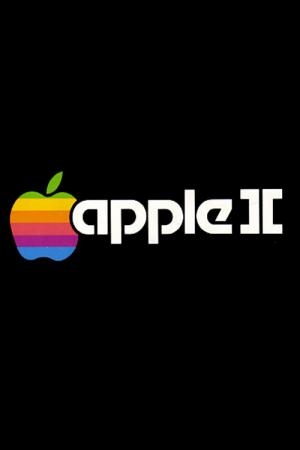
Apple II
Apple II Specifications
| Manufacturer: | Apple |
| Developer: | Apple |
| CPU: | MOS Technology 6502 |
| Memory: | 4KB, 8KB, 12KB, 16KB, 20KB, 24KB, 32KB, 36KB, 48KB, or 64KB |
| Medium: | Cassette, Floppy |
| Display: | 40×48 to 280×192 |
The Apple II (styled as apple ][) is an 8-bit home computer, one of the first highly successful mass-produced microcomputer products, designed primarily by Steve Wozniak. It was introduced in 1977 at the West Coast Computer Faire by Jobs and was the first consumer product sold by Apple Computer. It is the first model in a series of computers which were produced until Apple IIe production ceased in November 1993.
The Apple II was designed primarily by Steve Wozniak; Jerry Manock developed the design of Apple II's foam-molded plastic case, Rod Holt developed the switching power supply, while Steve Jobs was not involved in the design or development of the computer. It was introduced by Jobs and Wozniak at the 1977 West Coast Computer Faire, and marks Apple's first launch of a personal computer aimed at a consumer market—branded toward American households rather than businessmen or computer hobbyists.
Byte magazine referred to the Apple II, Commodore PET 2001, and TRS-80 as the "1977 Trinity". As the Apple II had the defining feature of being able to display color graphics, the Apple logo was redesigned to have a spectrum of colors.
The Apple II is the first model in the Apple II series, followed by Apple II+, Apple IIe, Apple IIc, Apple IIc Plus, and the 16-bit Apple IIGS—all of which remained compatible. Production of the last available model, Apple IIe, ceased in November 1993.
In 2006, PC World wrote that the Apple II was the greatest PC of all time.
By 1976, Steve Jobs had convinced product designer Jerry Manock (who had formerly worked at Hewlett Packard designing calculators) to create the "shell" for the Apple II—a smooth case inspired by kitchen appliances that concealed the internal mechanics. The earliest Apple II computers were assembled in Silicon Valley and later in Texas; printed circuit boards were manufactured in Ireland and Singapore. The first computers went on sale on June 10, 1977 with an MOS Technology 6502 microprocessor running at 1.023 MHz (2⁄7 of the NTSC color subcarrier), two game paddles (bundled until 1980, when they were found to violate FCC regulations), 4 KiB of RAM, an audio cassette interface for loading programs and storing data, and the Integer BASIC programming language built into ROMs. The video controller displayed 24 lines by 40 columns of monochrome, uppercase-only text on the screen (the original character set matches ASCII characters 20h to 5Fh), with NTSC composite video output suitable for display on a TV monitor or on a regular TV set (by way of a separate RF modulator).
The original retail price of the computer with 4 KiB of RAM was US$1,298 (equivalent to $6,270 in 2022) and with the maximum 48 KiB of RAM, it was US$2,638 (equivalent to $12,740 in 2022) To reflect the computer's color graphics capability, the Apple logo on the casing has rainbow stripes, which remained a part of Apple's corporate logo until early 1998. Perhaps most significantly, the Apple II was a catalyst for personal computers across many industries; it opened the doors to software marketed at consumers.
Certain aspects of the system's design were influenced by Atari's arcade video game Breakout (1976), which was designed by Wozniak, who said: "A lot of features of the Apple II went in because I had designed Breakout for Atari. I had designed it in hardware. I wanted to write it in software now". This included his design of color graphics circuitry, the addition of game paddle support and sound, and graphics commands in Integer BASIC, with which he wrote Brick Out, a software clone of his own hardware game. Wozniak said in 1984: "Basically, all the game features were put in just so I could show off the game I was familiar with—Breakout—at the Homebrew Computer Club. It was the most satisfying day of my life when I demonstrated Breakout—totally written in BASIC. It seemed like a huge step to me. After designing hardware arcade games, I knew that being able to program them in BASIC was going to change the world."
Latest on Apple II
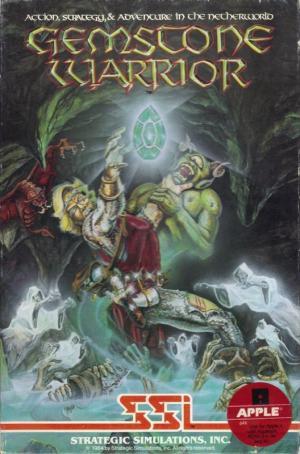
Gemstone Warrior
Gemstone Warrior is an action game with adventure elements. Players work their way through an underground catacomb, doing three things at once. First ...
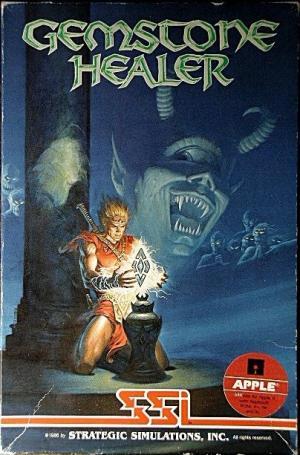
Gemstone Healer
Gemstone Healer is a computer action adventure game created by Paradigm Creators and published in 1986 by Strategic Simulations. It was developed by T...
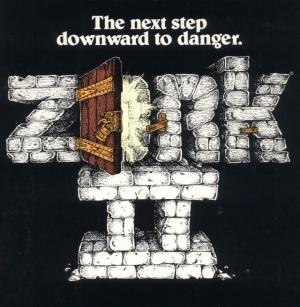
Zork II: The Wizard of Frobozz
The player begins in the Barrow from Zork I armed only with the trusty brass lantern and the elvish sword of great antiquity from before. The objectiv...
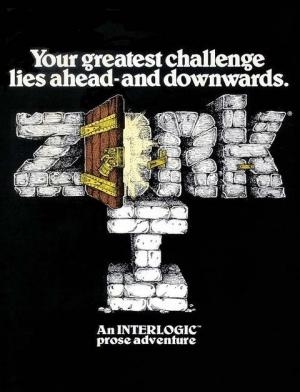
Zork I: The Great Underground Empire
The game takes place in the Zork calendar year 948 GUE (although the passage of time is not notable in gameplay). The player steps into the deliberate...
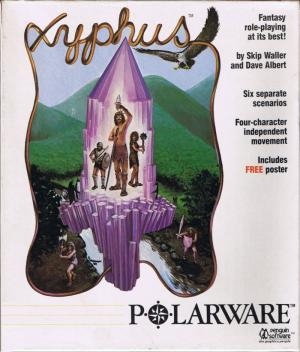
Xyphus
Xyphus is a 2D fantasy RPG where the player can develop up to four characters with attributes such as hit points, endurance, strength etc. The availab...
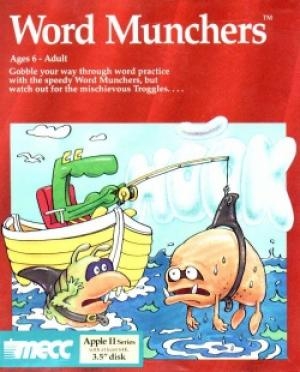
Word Munchers
Word Munchers is an installment in the Munchers series focused on vowel sounds. The player moves his muncher creature on a board, the task is to eat t...
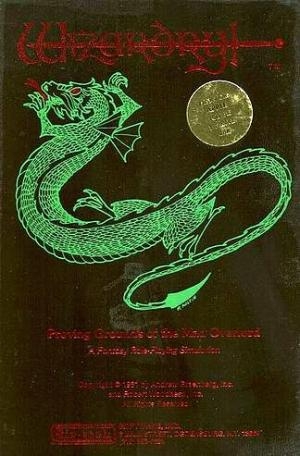
Wizardry: Proving Grounds of the Mad Overlord
Wizardry: Proving Grounds of the Mad Overlord is the first game in the Wizardry series of role-playing video games. The game was one of the first Dung...
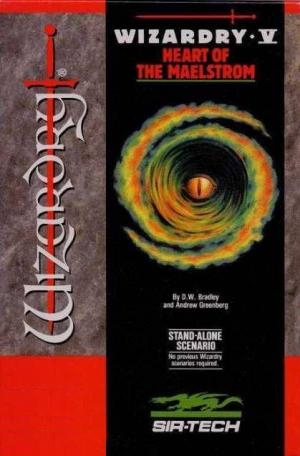
Wizardry V: Heart of the Maelstrom
Following from the events of Wizardry III: Legacy of Llylgamyn, Heart of the Maelstrom begins after a period of peace brought about through the use of...
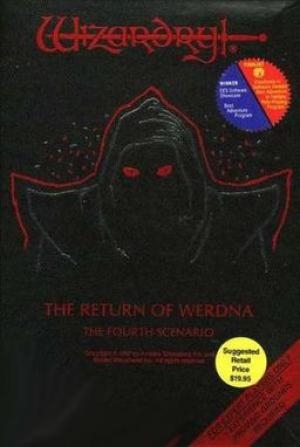
Wizardry IV: The Return of Werdna
The game begins at the bottom of a 10-level dungeon. Most of Werdna's powers are depleted, and must be gradually recovered throughout the game. The in...
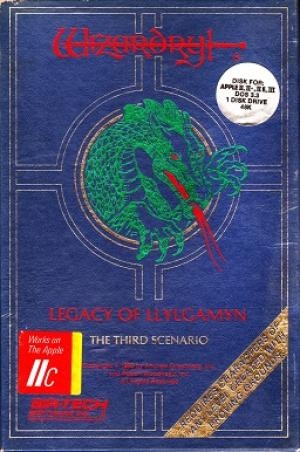
Wizardry III: Legacy of Llylgamyn
The City of Llylgamyn is threatened by the violent forces of nature. Earthquakes and volcanic rumblings endanger everyone. Only by seeking the dragon ...